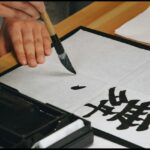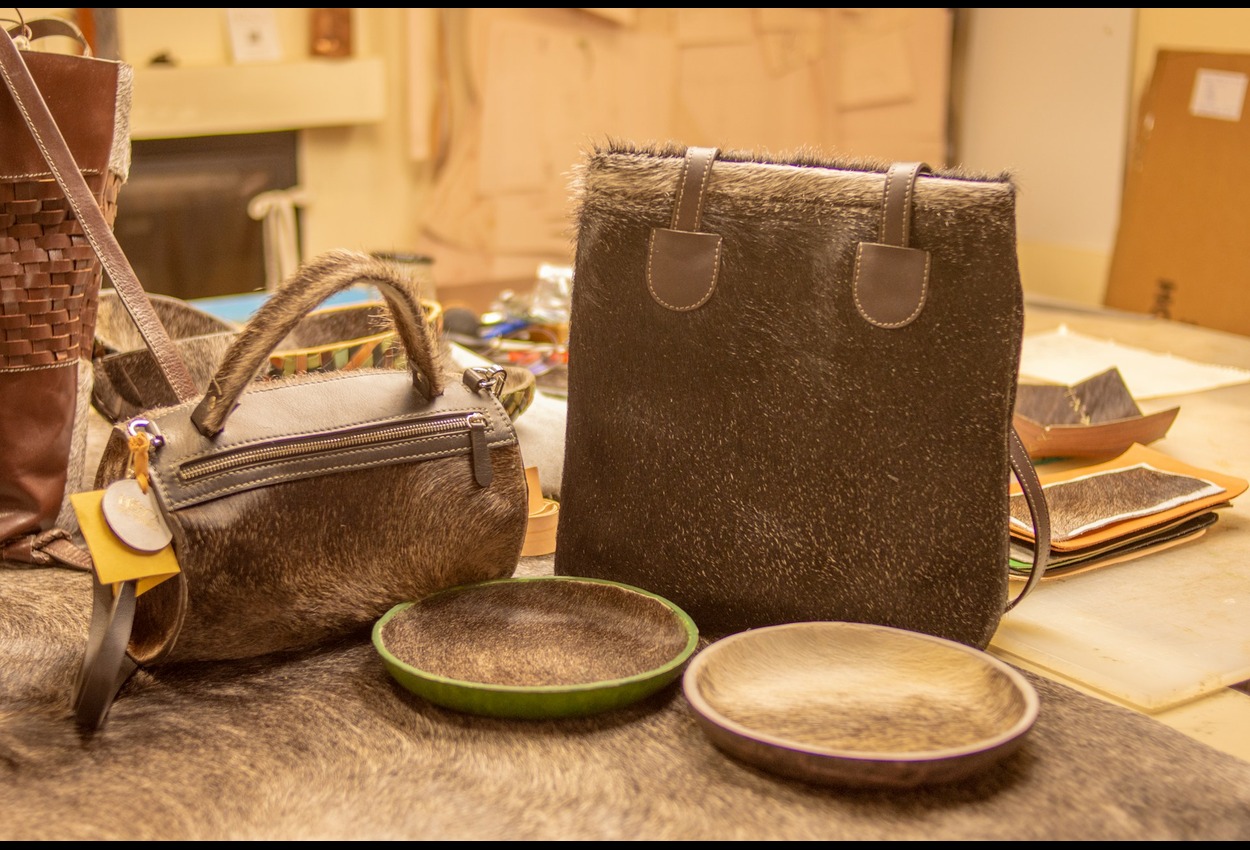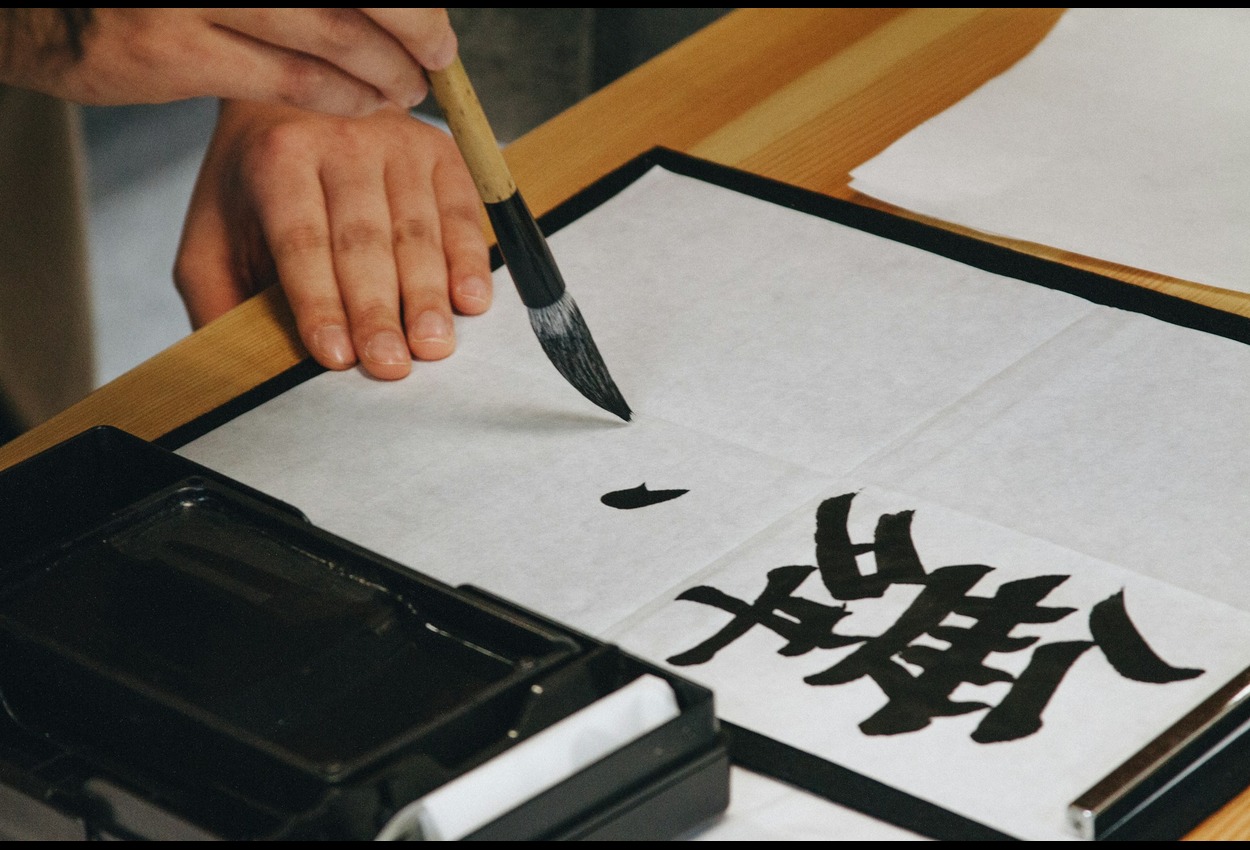Introduction to Cutting Mats
Zuschneidfelle has long been a cherished art form, combining functionality and creativity. Among the essential tools of this craft, cutting mats play a vital role. These versatile mats protect surfaces and enhance the precision of every project. Whether you’re a seasoned craftsperson or a beginner, understanding the benefits of cutting mats can transform your leatherworking experience. Let’s delve into this fascinating aspect of leathercraft and discover why it deserves a prominent place in your toolbox!
The History of Cutting Mats in Zuschneidfelle
Cutting mats, or leatherworking mats, have a rich history in Zuschneidfelle that stretches back centuries. In the past, artisans used these specialized tools to make precise cuts in animal hides.
The use of cutting mats is documented in ancient civilizations, where leather was essential for making clothing and shelter. Artisans have developed techniques to optimize the use of each hide, minimizing waste and creating sustainable products.
In the Middle Ages, leatherworking evolved, and reclaimed leather (Zuschneidfelle) became highly valued by shoemakers and saddlers. The growing demand for high-quality craftsmanship spurred artisans to refine their methods, resulting in different styles tailored to specific projects.
Today, artisans cherish this legacy and integrate traditional practices into their modern creations. This blend of old and new perpetuates the art, adapting it to contemporary needs. Working with reclaimed leather is much more than just a matter of functionality: it’s about reconnecting with a long tradition of leatherworking.
You may also be intersted in: Tumbons
Advantages of Using Reclaimed Leather
Reclaimed leather, often called scrap leather, offers numerous advantages for leather goods and can significantly enhance your projects.
Its durability is unmatched. Designed to withstand wear and tear, these hides guarantee the longevity of any item crafted from them.
Reclaimed leather offers exceptional flexibility. Artisans can create intricate designs without compromising the material’s integrity.
Furthermore, it’s available in a variety of textures and finishes. Whether you prefer a smooth or rough surface, there’s a leather cutting template for every leathercraft project.
In addition, these hides are easy to work with. They cut cleanly and hold their shape during stitching or other leathercrafting tasks.
Using a leather cutting template promotes sustainable practices by utilizing animal byproducts and reducing waste in the industry.
How to incorporate a leather cutting template into your Zuschneidfelle projects?
Incorporating a leather cutting template into your Zuschneidfelle projects can add a new dimension to your work. Start by choosing the right size and shape for your project. Whether you’re making bags, wallets, or decorative items, a leather cutting jig provides a precise cutting guide.
Once your leather cutting jig is ready, place it under the leather you’re going to cut. This ensures accuracy and protects both surfaces during the process. Use sharp tools for clean edges; dull blades can lead to uneven cuts.
You can also layer different textures or colors of leather on the cutting jig for a more visually appealing effect. Experiment with various stitching techniques on the edges to further enhance this unique material.
Don’t forget the finishing touches! Using adhesives or rivets with the cutting jig increases durability and ensures a flawless finish on your creations.
Where to Buy Quality Markers?
Local leather goods stores are an excellent starting point for finding quality markers. These specialty shops often offer a wide selection of markers ideal for crafters.
Online marketplaces also offer a wide selection. Websites dedicated to leather goods often offer markers in various sizes and thicknesses. Customer reviews can guide your search.
Don’t forget craft markets and trade shows. Local producers sometimes showcase their own markers, allowing you to appreciate their texture and quality.
Forums and community groups dedicated to leather goods are another excellent resource. Members often share recommendations for reliable suppliers, as well as information on pricing and quality.
Also, consider contacting manufacturers directly; they may provide samples or offer wholesale purchasing options, which could save you money in the long run.
Tips for Marker Care
Proper care ensures the longevity of your markers. Start by storing them in a cool, dry place away from direct sunlight. This helps prevent fading and warping.
Regular cleaning is essential. Use a soft brush or cloth to remove dust and dirt after each use. For a deeper clean, lightly dampen the cloth; avoid soaking it to preserve the integrity of the leather.
Maintenance is also crucial. Applying a quality leather conditioner every two to three months will help maintain the marker’s flexibility and prevent cracking.
Be careful with moisture. Let the marker dry at room temperature; never apply direct heat.
Handle your marker carefully during your projects to avoid premature wear. By following these tips, you will preserve its beauty and functionality for many years.
Conclusion
Cutting mats have earned a prominent place in the world of Zuschneidfelle, offering artisans a valuable tool that enhances precision and creativity. Its rich history underscores its importance and illustrates how these cutting mats have evolved alongside traditional crafting methods. The advantages they offer—durability, versatility, and ease of use—make them indispensable tools for both beginners and experienced artisans.
Incorporating a cutting mat into your projects is simple. Whether you’re working with bags, wallets, or intricate creations, this reliable surface will significantly enhance your skills. To find quality cutting mats, simply visit craft stores or reputable online retailers known for their high-quality leather goods.
Regular care of your cutting mat will ensure its longevity. Regular cleaning and proper storage are essential to preserving its properties over time.
Thanks to all these advantages, using a cutting mat in your leatherwork will open up new perspectives of creativity and precision for each of your creations.










